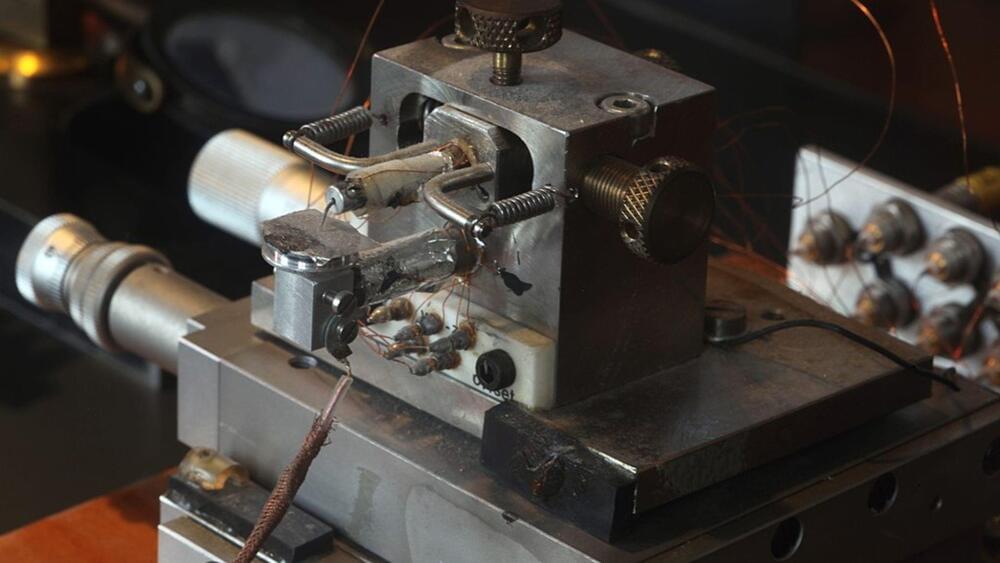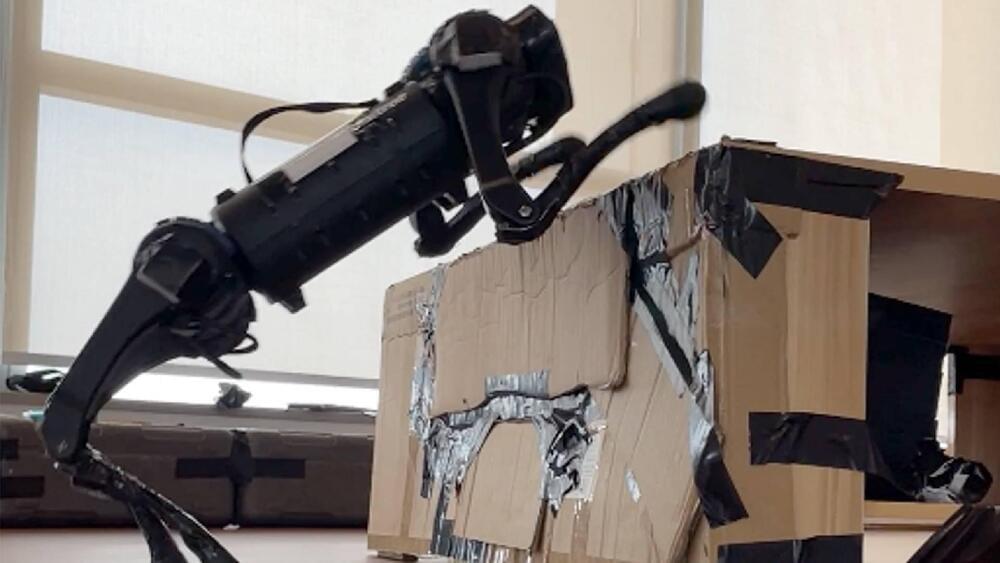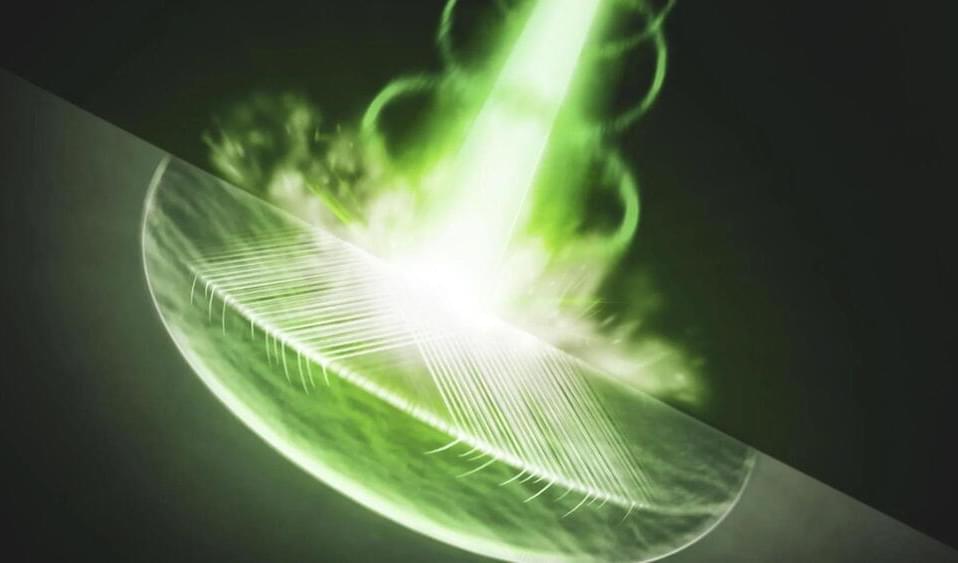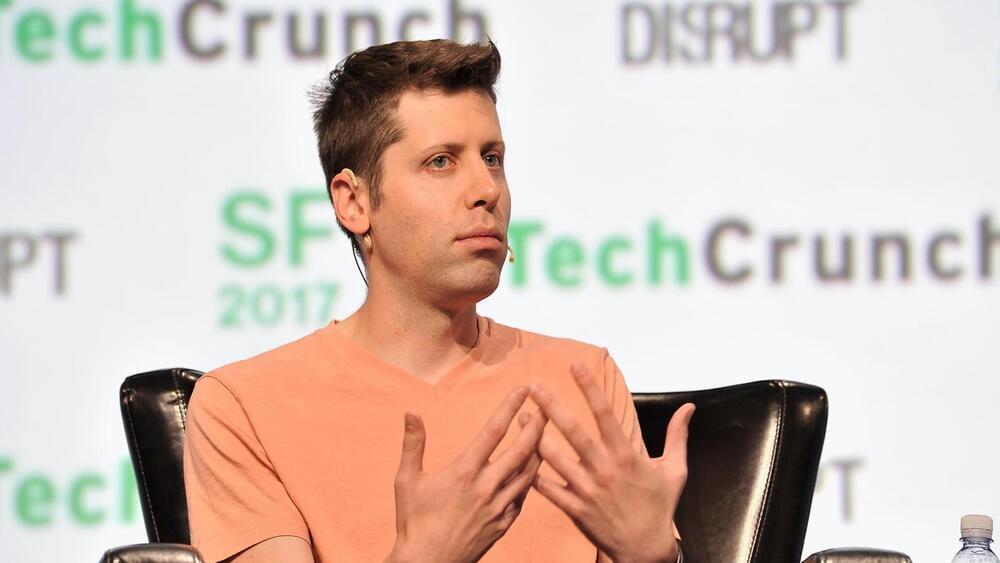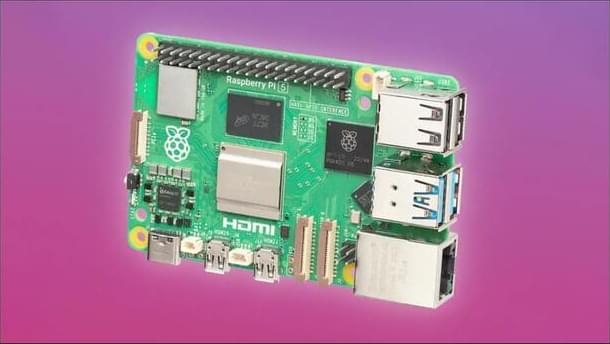The method is still at its basic stage but multiple such microscopes could be pooled up to build a larger quantum computer.
Researchers at the IBS Center for Quantum Nanoscience (QNS) in Seoul, South Korea, have successfully demonstrated using a scanning tunneling microscope (STM) to perform quantum computation using electrons as qubits, a press release said.
Quantum computing is usually associated with terms such as atom traps or superconductors that aid in isolating quantum states or qubits that serve as a basic unit of information. In many ways, everything in nature is quantum and can be used to perform quantum computations as long as we can isolate its quantum states.
